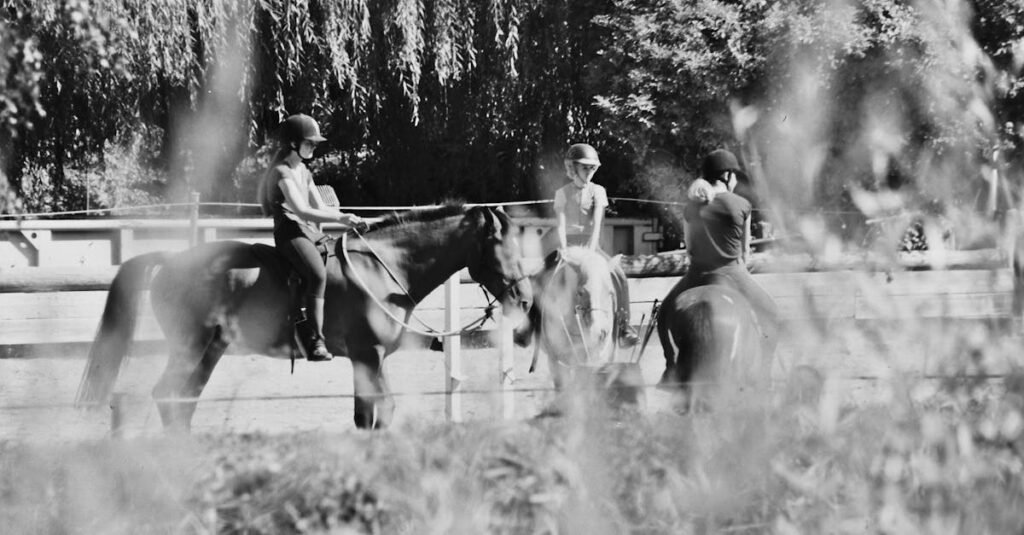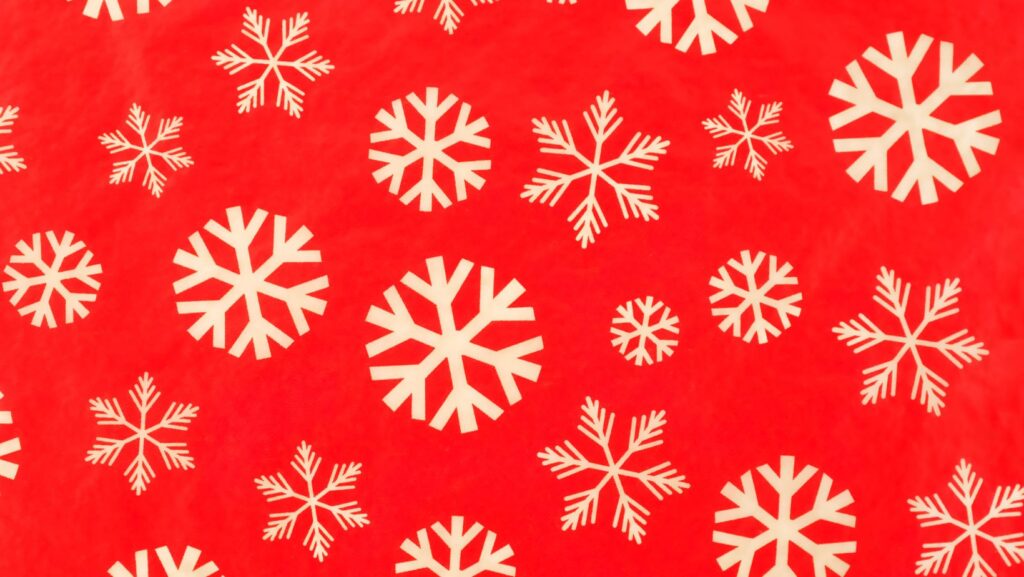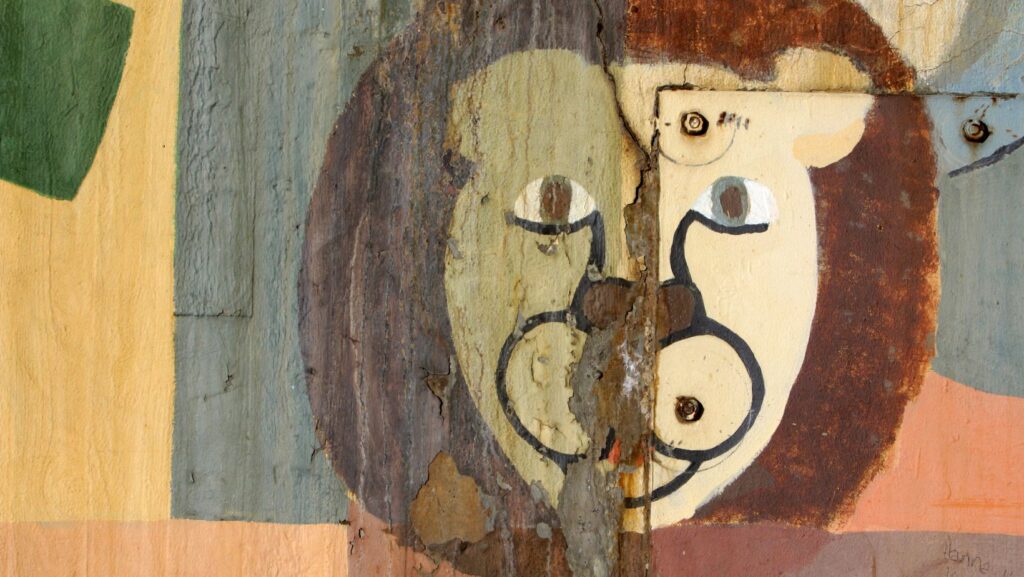As an artist, I’ve always been captivated by the majestic beauty of horses. Their powerful muscles, flowing manes, and graceful movements make them a favorite subject for many aspiring and experienced artists alike. Drawing horses can be both challenging and rewarding, requiring patience, practice, and attention to detail.
In this article, I’ll share my insights on how to drawing:v74uyhgg9tq= horse effectively. Whether you’re a beginner looking to capture the essence of these magnificent creatures or an experienced artist aiming to refine your equine sketches, you’ll find valuable tips and techniques here. We’ll explore the basic anatomy, proportions, and unique features that make horses such compelling subjects for artistic expression.
Key Takeaways
- Understanding horse anatomy and proportions is crucial for creating realistic equine art
- Master various techniques like layering, shading, and blending to achieve lifelike renderings
- Focus on capturing movement and expression through careful observation of gaits and facial features
- Pay attention to details such as eyes, ears, manes, and tails to bring your horse drawings to life
- Avoid common mistakes like incorrect proportions, inaccurate anatomy, and unnatural poses
- Continuously improve your skills through practice, studying live horses, and experimenting with different mediums
Drawing:v74uyhgg9tq= Horse
Horse drawing requires a deep appreciation for equine anatomy, movement, and character. I’ve learned that mastering this art form involves more than just replicating what you see; it’s about capturing the essence of these majestic creatures.
Anatomy and Proportions
Understanding horse anatomy is crucial for accurate representations. I focus on:
- Skeletal structure: Long legs, powerful shoulders, and distinctive skull shape
- Muscle groups: Neck, chest, hindquarters, and legs
- Body proportions: Head-to-body ratio and leg length
Accurate proportions create believable horse drawings. I use the horse’s head as a unit of measurement, typically fitting 2.5 heads from withers to ground and 3 heads from chest to rump.
Capturing Movement and Expression
Horses are dynamic creatures, and conveying their movement is essential:
- Study various gaits: Walk, trot, canter, and gallop
- Observe leg positions and body angles during different movements
- Pay attention to tail and mane flow for added dynamism
Facial expressions and ear positions communicate a horse’s mood:
- Forward-facing ears indicate alertness or interest
- Pinned-back ears suggest anger or fear
- Relaxed, slightly tilted ears show contentment
Techniques for Realistic Rendering
To achieve lifelike horse drawings, I employ several techniques:
- Layering: Build up texture and depth gradually
- Shading: Use various pencil grades for different values
- Blending: Create smooth transitions between light and dark areas
| Pencil Grade | Use Case |
|---|---|
| HB | Initial sketches and light shading |
| 2B-4B | Medium tones and details |
| 6B-8B | Dark shadows and accents |
By mastering these elements, I’ve improved my ability to create compelling horse drawings that capture both realism and the animal’s spirit.
Essential Materials for Drawing Horses
To create stunning drawing:v74uyhgg9tq= horse, I’ve found that having the right materials is crucial. Here’s what I consider essential for producing high-quality equine art.
Choosing the Right Paper
For horse drawings, I select paper that enhances the final product. Smooth bristol board provides an ideal surface for detailed work, allowing for precise lines and subtle shading. Textured paper, like cold-pressed watercolor paper, adds depth to sketches and works well with various media. I often use heavyweight paper (140 lb or higher) to prevent buckling when applying multiple layers or wet media. Toned paper in neutral colors like beige or gray can create interesting effects, particularly when using white highlights to bring out the horse’s form.
Selecting Appropriate Drawing Tools
My go-to drawing tools for horses include:
- Graphite pencils: HB for initial sketches, 2B-6B for shading and details
- Charcoal: Soft charcoal for bold, expressive lines and rich blacks
- Colored pencils: Prismacolor or Faber-Castell for adding subtle color
- Erasers: Kneaded eraser for lifting highlights, vinyl eraser for clean removal
- Blending stumps: For smooth transitions in shading
- Fine-tip pens: 0.1mm to 0.5mm for crisp outlines and details
I also keep a pencil sharpener and sandpaper block handy to maintain sharp points. For larger pieces, I use drawing boards to provide a stable surface and maintain proper posture while working. These tools allow me to capture the nuances of a horse’s form, from the delicate details of the eyes to the powerful musculature of the body.
Basic Horse Anatomy for Artists
Understanding horse anatomy is crucial for creating accurate and lifelike equine drawings. I’ll break down the key skeletal features and major muscle groups to help you capture the essence of these majestic creatures in your artwork.
Key Skeletal Features
The horse’s skeletal structure forms the foundation of its body shape and movement. Key features include:
- Skull: Elongated with a prominent nasal bone and large eye sockets
- Spine: Composed of cervical (neck), thoracic (back), lumbar (loin), sacral, and caudal (tail) vertebrae
- Ribcage: Typically 18 pairs of ribs, providing protection for vital organs
- Scapula: Large, flat shoulder blade that connects the front legs to the body
- Pelvis: Broad, sturdy structure that supports the hind legs and connects to the spine
- Legs: Composed of long bones with specialized joints for speed and agility
Understanding these skeletal features helps artists accurately depict a horse’s proportions and posture in their drawings.
Major Muscle Groups
Horse muscle groups contribute to the animal’s distinctive shape and powerful movement. Key muscle groups include:
- Neck muscles: Control head movement and support the neck’s S-curve
- Shoulder muscles: Enable front leg motion and support the chest
- Back muscles: Run along the spine, providing stability and power for movement
- Hindquarter muscles: Large, powerful muscles that drive the horse’s locomotion
- Abdominal muscles: Support the horse’s core and internal organs
- Leg muscles: Vary in size and function, enabling precise movements and supporting the horse’s weight
Familiarizing yourself with these muscle groups allows you to capture the horse’s dynamic form and create more realistic drawings. Pay attention to how these muscles interact and change shape during different movements and poses.
Mastering Horse Proportions
Accurate proportions are crucial for creating realistic horse drawings. I’ll guide you through the key aspects of horse proportions, focusing on the head-to-body ratio and leg length and positioning.
Head-to-Body Ratio
The head-to-body ratio is a fundamental aspect of horse anatomy. A horse’s body length, measured from chest to rump, is typically 2.5 to 3 times the length of its head. This ratio varies slightly among different horse breeds, with some having more compact bodies and others appearing more elongated. When sketching, I use the head as a unit of measurement, ensuring the body is proportionate. For example, a draft horse might have a body length closer to 2.5 heads, while a thoroughbred could be closer to 3 heads long.
Leg Length and Positioning
Proper leg length and positioning are essential for capturing a horse’s graceful stance. The legs of a horse make up about 60% of its overall height. When drawing, I divide the horse’s body into thirds vertically:
- Top third: From the withers to the back
- Middle third: From the chest to the belly
- Bottom third: From the belly to the ground
The front legs should be positioned slightly forward of the chest, while the hind legs are set just behind the hip. I pay close attention to joint angles, ensuring they reflect natural equine postures. For instance, the knee joint of the front leg aligns with the horse’s elbow when standing, and the hock of the hind leg aligns with the stifle joint.
Techniques for Capturing Horse Movement
Capturing the dynamic movement of horses in drawings requires keen observation and practice. I’ll share techniques to help you depict the grace, power, and energy of these majestic animals in motion.
Depicting Various Gaits
To accurately portray horse gaits, I focus on the leg positions and body alignment:
- Walk: Four-beat gait with three legs on the ground at any time
- Trot: Two-beat diagonal gait with legs moving in pairs
- Canter: Three-beat gait with a moment of suspension
- Gallop: Four-beat gait with all legs off the ground briefly
I use quick gestural sketches to capture the essence of each gait, paying attention to the rhythm and sequence of leg movements. Reference photos or videos help me study the nuances of each gait’s mechanics.
Conveying Energy and Motion
To infuse drawings with a sense of movement and vitality:
- Use dynamic lines: Flowing, curved lines suggest motion
- Employ motion blur: Soften edges or add streaks behind the horse
- Exaggerate key features: Slightly elongate limbs or emphasize muscle tension
- Add environmental elements: Include kicked-up dust or flowing mane and tail
- Utilize composition: Place the horse off-center or angled on the page
I experiment with different techniques to find the most effective way to convey the horse’s energy and movement in each drawing. Combining these methods creates a compelling sense of motion that brings the horse to life on paper.
Adding Details to Bring Your Horse Drawing to Life
I’ll now focus on the finer details that truly bring a horse drawing to life. These elements are crucial for capturing the horse’s personality and creating a realistic representation.
Drawing Realistic Eyes and Ears
Horse eyes are expressive windows to their emotions. I start by sketching the almond shape, paying attention to the slight bulge and placement on the head. The iris takes up most of the visible eye, with a large, dark pupil. I add depth by including the tear duct and creating highlights to reflect light. For the ears, I focus on their alertness and mobility. I draw them as triangular shapes with a slight curve, ensuring they’re proportionate to the head. The inner ear has fine hairs and a more delicate structure, which I render with lighter strokes.
Rendering Manes and Tails
Manes and tails add flow and texture to horse drawings. For the mane, I begin with the base along the neck, then add individual strands flowing downward. I vary the thickness and direction of lines to create volume. When drawing braided manes, I pay attention to the interlacing pattern. For tails, I start with the dock at the base, then draw long, flowing strands. I use curved lines to suggest movement and add shorter strokes near the top for fullness. Shading techniques like cross-hatching or smudging help create depth and texture in both manes and tails.
Common Mistakes to Avoid When Drawing Horses
When drawing horses, I’ve encountered several pitfalls that can hinder artistic progress. Here are key mistakes to avoid:
- Incorrect proportions:
- Head too small or large for the body
- Legs too short or long
- Neck too thin or thick
- Inaccurate anatomy:
- Misplaced joints, especially in the legs
- Unrealistic muscle placement
- Incorrect skeletal structure
- Stiff or unnatural poses:
- Legs positioned unnaturally
- Lack of weight distribution
- Unrealistic gaits or movements
- Poor perspective:
- Inconsistent angles in different body parts
- Incorrect foreshortening
- Misaligned features
- Overlooking facial features:
- Eyes too human-like or expressionless
- Incorrectly shaped or positioned ears
- Muzzle proportions off
- Mane and tail errors:
- Hair appearing too stiff or uniform
- Lack of flow or movement in the mane and tail
- Unrealistic hair texture
- Neglecting subtle details:
- Missing skin folds or wrinkles
- Overlooking veins or muscle definition
- Forgetting whiskers or eyelashes
- Incorrect shading:
- Lack of form or depth due to poor shading
- Unrealistic light source placement
- Overworking highlights or shadows
- Improper hoof rendering:
- Hooves too small or large
- Incorrect hoof angles
- Missing details like the frog or sole
- Unnatural eye placement:
- Eyes positioned too high on the head
- Incorrect eye angle or shape
- Lack of depth in the eye socket
By avoiding these common mistakes, I’ve significantly improved my horse drawings. Remember, practice and careful observation are key to mastering equine art.
Tips for Improving Your Horse Drawing Skills
To enhance your horse drawing abilities, I’ve compiled essential tips that’ll help you create more accurate and lifelike equine art:
- Study live horses:
- Observe horses in person
- Sketch quick gestures to capture movement
- Note how light interacts with their coat and muscles
- Use reference photos:
- Collect high-quality images of various horse breeds
- Study different angles and poses
- Pay attention to muscle definition and bone structure
- Practice basic shapes:
- Start with simple geometric forms
- Build complexity gradually
- Focus on proportions and relationships between body parts
- Master the skeletal structure:
- Learn major bones and joints
- Understand how the skeleton affects surface anatomy
- Practice drawing the skeleton from different angles
- Develop your understanding of muscle groups:
- Study major muscle groups and their functions
- Observe how muscles change shape during movement
- Practice drawing muscles over the skeletal structure
- Experiment with different mediums:
- Try graphite, charcoal, and colored pencils
- Explore digital drawing tools
- Mix media for unique effects
- Focus on details:
- Perfect eye and ear rendering
- Master mane and tail textures
- Pay attention to subtle facial expressions
- Practice foreshortening:
- Study how limbs and body parts appear shortened in perspective
- Use reference images to understand complex angles
- Practice drawing horses in various poses
- Capture movement:
- Sketch quick action poses
- Study different gaits and transitions
- Use gesture drawing to convey energy and motion
- Develop your own style:
- Experiment with different techniques
- Combine realism with personal artistic flair
- Find a balance between accuracy and creative expression
- Join art communities:
- Share your work for constructive feedback
- Participate in challenges and prompts
- Learn from other artists’ techniques and experiences
- Attend workshops or classes:
- Learn from experienced equine artists
- Gain insights into advanced techniques
- Receive personalized guidance and critiques
By consistently applying these tips, you’ll see significant improvement in your horse drawing skills. Remember, progress comes with patience and persistent practice.
Artistic Skill
Drawing horses is a rewarding journey that combines artistic skill with a deep appreciation for these magnificent creatures. By mastering anatomy proportions and capturing movement we can bring our equine subjects to life on paper. Remember the importance of details like expressive eyes and flowing manes to truly showcase a horse’s personality. With practice patience and the right techniques you’ll see your horse drawings improve dramatically. So grab your pencils study real horses and let your creativity gallop across the page. The art of drawing horses is a lifelong pursuit that’ll continue to challenge and inspire you with each stroke.



